INTRODUCTION
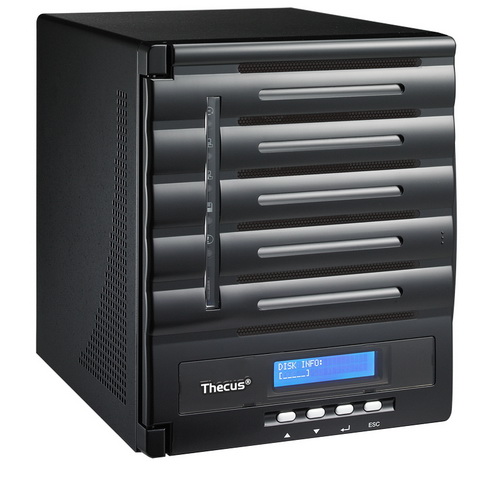
Earlier this month i finished the entire Mass Effect trilogy for the 3rd time (leaving out the Wing Commander universe Mass Effect is my second most favorite one) and regardless of how much i try i still can't figure out why Bioware decided to pull the plug on Shepard and all the characters we all got to know during the course of the entire game (the perfect red ending may not be the paragon conclusion i'd like to see but still it gives me hope that they will reconsider eventually). Anyways the reason i mentioned this is because while i was discussing about it through Skype with several online acquaintances roughly a week ago i mentioned that we were currently testing 3 NAS Servers and to my surprise only one of them had heard about such devices. Now i do realize that most consumers are not aware of NAS servers since in all likelihood they will never have to use one but it's a whole different story when we're talking about serious games and enthusiasts so that's why their response took me by surprise. In any case NAS server sales continue to increase which pretty much means that more and more people learn about them every day and since we want you all to know what it is that you are spending your hard earned money to purchase we are doing our best to enrich our database. Today on our test bench we have a previous generation yet proven model manufactured by Thecus, the quite powerful and award winning N5550.
In 2004, Thecus Technology was founded to design, manufacture, and market digital storage products. Now, 10 products and over 100 awards later, Thecus is recognized as a global leader of digital storage solutions. With decades of R&D experience, the Thecus team has developed an entire range of state-of-the-art storage products for consumers and enterprises alike. With its global sales channel development, quality Thecus products are now distributed in over 30 countries and territories across the globe. Thecus products are designed not only to be powerful and flexible, but easy-to-use. Users have increasingly growing digital libraries, and they need to access their digital media as quickly as possible Thecus storage solutions consistently deliver top-notch performance, able to deliver digital media at an impressive clip. To keep data completely safe, Thecus products are designed with data security in mind, each coming with numerous security options for the user to select. Thecus storage products also have the unique ability to support third-party software modules, making Thecus products infinitely customizable. And to make sure our products are accessible to both novices and experts alike, Thecus makes sure that each of its products can be easily installed and used. Secure and flexible storage products that simply work. That is the Thecus guarantee.
Although the N5550 has been around since the end of 2012 (has won quite a few awards since then) thanks to its 5 drive bays, the Intel Atom D2250 64-bit Dual Core CPU running at 1.86GHz (32nm), the PowerVR SGX545 IGP (clocked at 640MHz) and the 2GB DDR3 RAM @ 1333MHz it's still considered to be one of the most complete and powerful mid-end NAS servers currently available in the market. Fortunately for really demanding users Thecus has made it possible to expand on the RAM up to 4GB (some have even used 2x4GB modules by patching the FW but that also means throwing away the default 2GB one) by adding a second 2GB SO-DIMM module and that's not something we see often even with industrial rackmount solutions (although the ATOM processor has no problem supporting more) so at least in that area we like what Thecus has done. Other features include 1GB of SATA DOM for the OS, two RJ-45 Gigabit Ethernet ports, 4xUSB 3.0 ports, 1xUSB3.0 port, 1xeSATA port, HDMI v port, VGA port, RAID 0/1/5/6/10/JBOD with AES256bit encryption for the 5 SATA II bays and an LCM display at the front. So we really have no complaint from the specifications sheet of the N5550 but since we still need to see how well it does in terms of performance and to check its OS let's not delay any further.
SPECIFICATIONS AND FEATURES


PACKAGING AND CONTENTS
The N5550 arrived inside a large black box (not very thick but it gets the job done) with a product picture at both the front and the rear right above a line with some of its main features.
On the right side you can see a large number of things one can use the N5550 for.
The features listed at the front are explained in-depth at the left side.
Thecus has used two thick foam spacers to keep the N5550 safe inside the box.
Along with the N5550 you will also receive an Ethernet cable, AC power cord, quick installation guide, HDD compatibility paper (points the consumer to the Thecus website), 3 software CDs and two plastic bags with the tray keys and mounting screws.
THE N5550 EXTERIOR
The chassis of the N5550 comes in black color and measures 240mm in length, 190mm in width and 230mm in height with a weight of 7.2Kg.
A large section of the chassis on both sides is perforated to allow hot air to exit.
A push to release plastic door is placed at the front of the NAS but thanks to a clear plastic section you can see the HDD/Network/Warning activity LEDs.
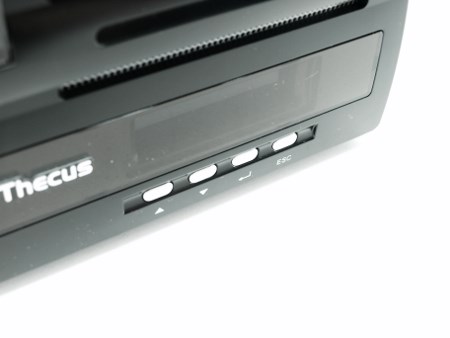
Although this may sound odd i do like the N5550 more with the door open.
All of the available drive trays come ready with locks, can be configured in RAID 0/1/5/6/10/JBOD mode and support hot-swapping, hot-spare, auto-rebuild, online RAID migration, online RAID Expansion and iSCSI mode.
Thecus has used aluminum trays which as expected can be used with both 3.5" and 2.5" drives.
The sole USB 3.0 port is placed at the front right above the on/off power and the reset buttons.
Unfortunately the rear is not painted black like the rest of the chassis but that shouldn't matter to most people.
Here we see an 92mm exhaust fan which is manufactured by ADDA and can spin up to 2000RPM to produce airflow of up to 43.5CFM with up to 23.5dBA of noise.
Right next to the system fan we find the microphone, audio input/output plugs, eSATA port, 4xUSB 2.0 ports, HDMI port, VGA port and the two Gigabit LAN ports.
Thecus opted for a powerful (for a NAS) 200W PSU (80 Plus certified) which is kept cool with the help of an 40mm exhaust fan.
The N5550 sits on 4 small round rubber feet (there's also a perforated section at the base as well).
THE N5550 INTERIOR
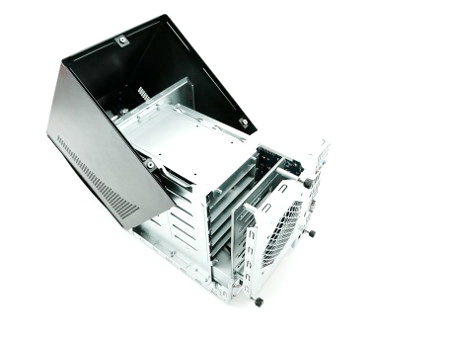
Once you remove the mainboard with the rear end you can easily spot an unused mSATA port, the USB 3.0 controller by NEC/Renesas, the Realtek ALC262 2-chanel audio chip, the dual Intel 82574L Gigabit Ethernet IC's and the Silicon Image SIL3132 PCIe to eSATA chip.
The pre-installed DDR3 SO-DIMM is by Transcend and is set at 1333MHz (there's a second SO-DIMM spot behind it).
Both the Intel chipset and the D2550 CPU are covered with two medium sized heatsinks.
The 1GB industrial MDS Module (Micro Disk SATA) is manufactured by Afaya and is used for the OS.
THE LCM SCREEN
The LCM screen of the N5550 offers a wide range of information (pretty much the basics however) to the user and also allows for the adjustment of basic LAN/WAN/Link Aggregation settings on the fly.
WEB INTERFACE PART 1
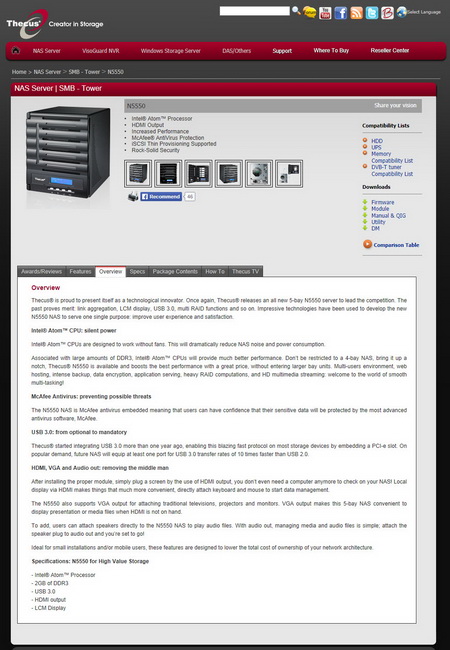
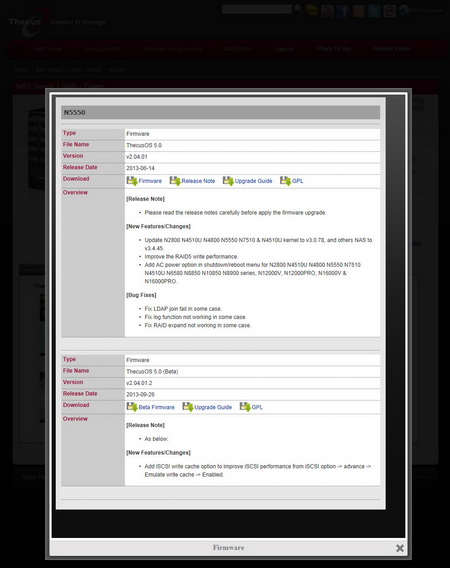
Although the N5550 comes with the OS preinstalled in the MDS module you should visit the official support page to download the latest FW version.
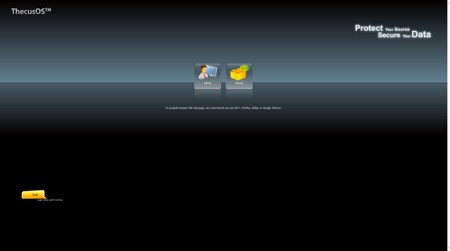
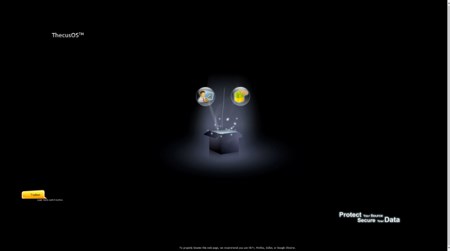
Unlike the N2560 which we had the chance to review a while back the N5550 uses the previous version of the ThecusOS (v.5).
11 icons are the very first screen you will see once you enter the web interface.
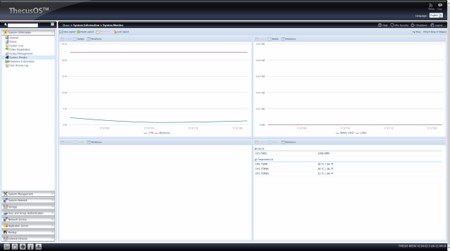
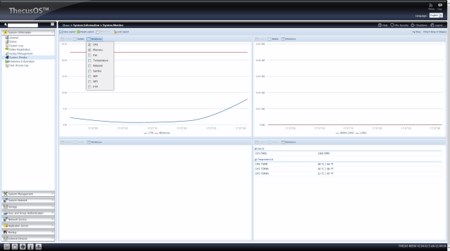
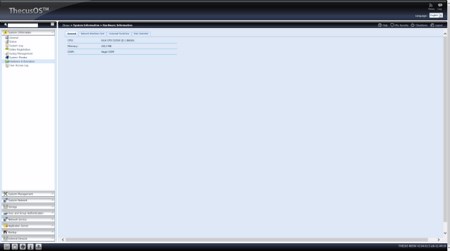
Via the system information menu you can check information such as the status of the device, system logs, hardware components and you can also access the system monitor.
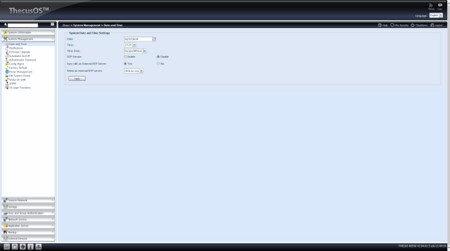
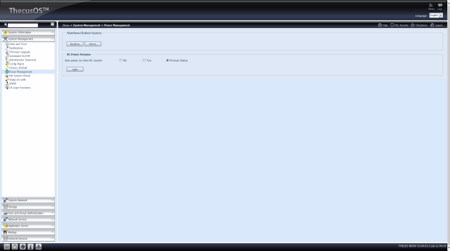
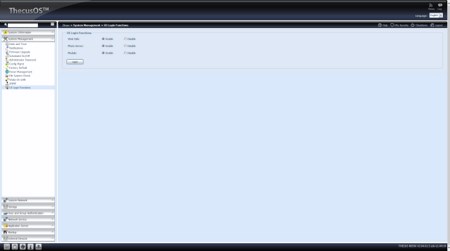
The system management is perhaps the heart of the ThecusOS since from here you can set the time and date, check system notifications, enable/disable the scheduler, perform FW updates, adjust power management options (including shut down and restart of the NAS), enable/disable Wake-On-LAN, check the file system, restore all settings to their factory defaults and select the icons available on the login screen.
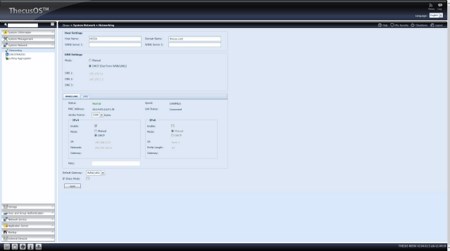
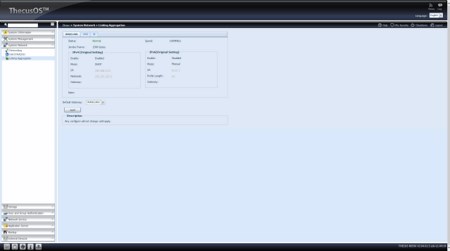
All the important network settings including linking aggregation are available inside the system network menu.
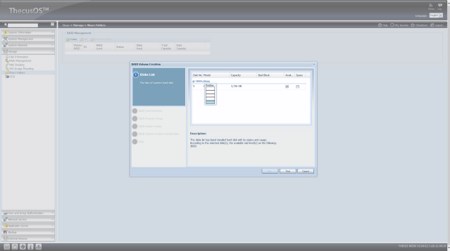
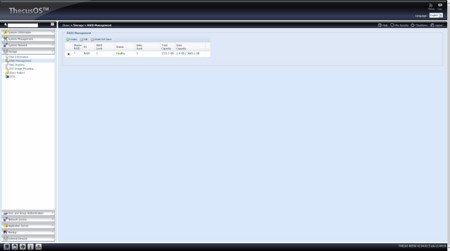
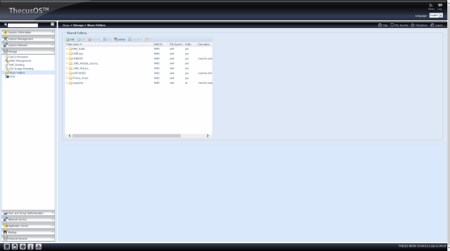
Everything regarding the installed drives from RAID management, ISO mounting, iSCSI, shared folders and up to checking their health via SMART are placed under the Storage tab.
You can add new users and groups, backup them and adjust their quota from within the User and Group Authentication.
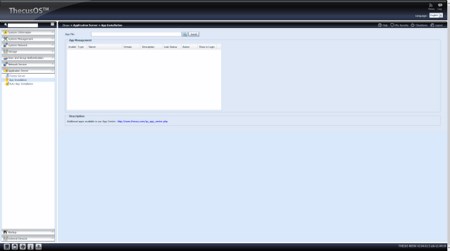
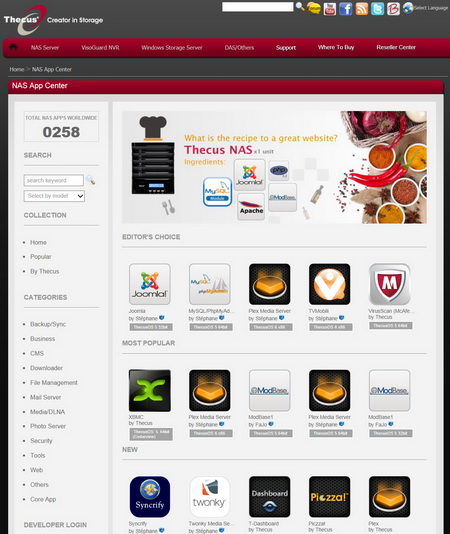
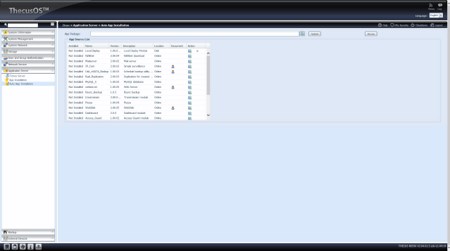
Installation of extra applications is possible from within the application server menu either manually (you will have to download each application from Thecus as seen above) or automatically from a list of chosen applications (not nearly enough however and not the last versions).
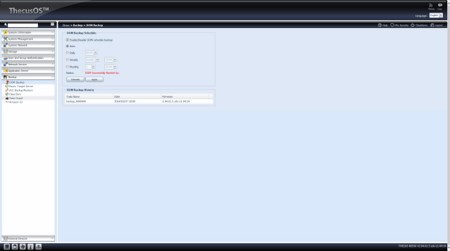
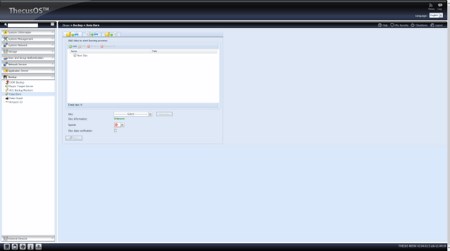
Backup applications are placed inside the backup menu and so from here you can back up the DOM contents, backup everything locally, use data burn to backup files onto an external disk recorder or use amazons s3 (simple storage service) online cloud service.
Attached devices like printers and UPS can be accessed from the external devices menu.
WEB INTERFACE PART 2
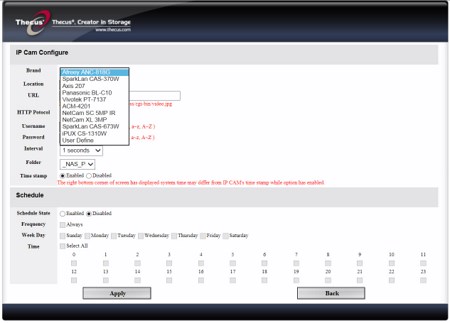
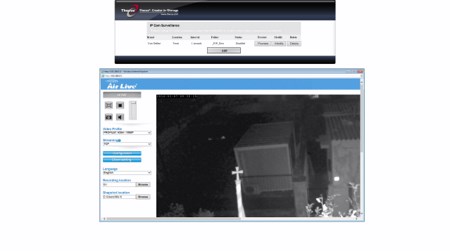
Once again Thecus may not offer the largest variety in terms of IP Camera manufacturers and models (far from it actually) but thanks to generic modes it even worked with our Airlive/iMege cameras (not as well however as they would if supported however).
You can use the transmission module to download files from the internet either via torrent or HTTP/FTP.
With the Plex Media Server you can organize your media library and make it available on any device supporting it.
The WebDisk module allows you to download and upload files with ease, however the limitation of 2GB per file is not something we like (we strongly recommend creating a shared folder and then mapping it as a drive from within Windows if you want to transfer larger files).
XBMC SOFTWARE
The XBMC application transforms your NAS Server into a HTPC so you can use it from the comfort of your bed or sofa either via a compatible remote control or a keyboard and a mouse.
As always you have the option to personalize the XBMC application quite a bit (for example change the skin of the menus and set the region/language/audio language options).
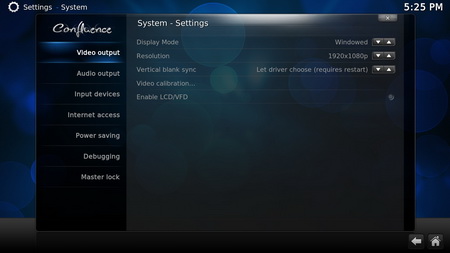
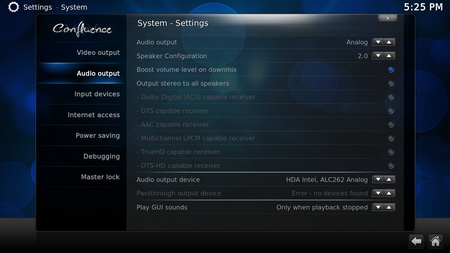
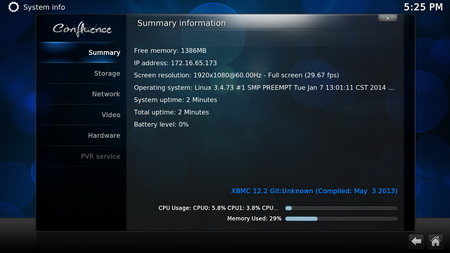
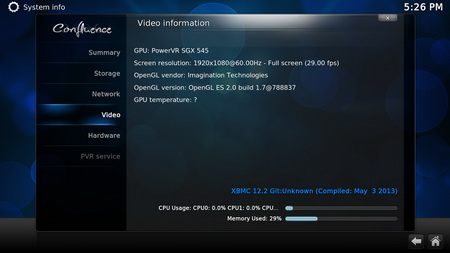
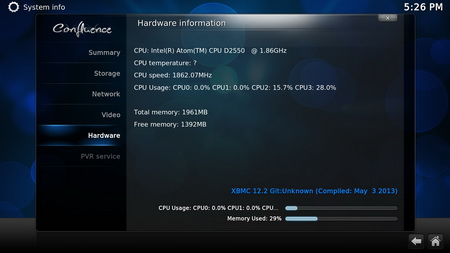
Important information like the hardware components of the unit are accessible through XBMC much like the several video and audio settings.
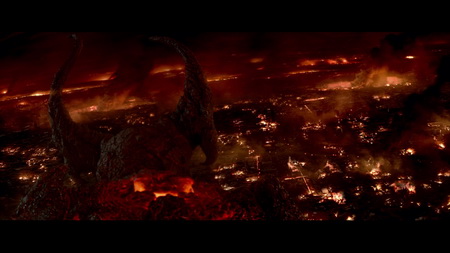

It took quite a bit of time to install XBMC on the N5550 (localdisplay module issues) so half way i had to bail in order to pick up some samples from the local post office and because of that i really have no idea about what MKV the others used to test the N5550 (all I know is that it wasn’t one of my blu-rays). However according to them it was quite heavy and they did watch the entire movie without a single issue (to be honest i didn't expect any).
TESTING METHODOLOGY – TEST RESULTS
Since some of the NAS servers/devices we have tested in the past are no longer in our possession (naturally) we will keep performing the exact same testing methodology we did in the past for as long as possible in order to provide accurate comparison results. So as always we will be using a single Seagate Constellation ES.2 3TB SATA III hard disk drive with the unit at hand (just like with all of the NAS servers) and perform several upload/download tests with a single 10.9GB file. Tests are repeated a total of 4 times after which we record the average numbers (from the 4 peak ones) into our charts. Finally the network device used is the same Netgear DGN3500 Gigabit ADSL2+ Modem/Router we always use when performing tests on NAS servers.
FILE TRANSFER TEST

A single 10.9GB file was uploaded and downloaded to and from all the NAS units in this test. Well not much we can say about the read/write performance of the N5550 since the fact that it managed to match the performance of the much more powerful TS-470 speaks for itself (we know that the TS-470 may have issues with the beta FW version so we will test it again in the future).
TEMPERATURES

At 34 degrees Celsius this is another similarity between the TS-470 and the N5550.
POWER CONSUMPTION

I don't really know why but the power consumption of the N5550 was slightly higher than that of the TS-470 at full load.
NOISE LEVELS

Same case with noise levels since the 92mm fan by ADDA went over the 47dBA mark.
CONCLUSION
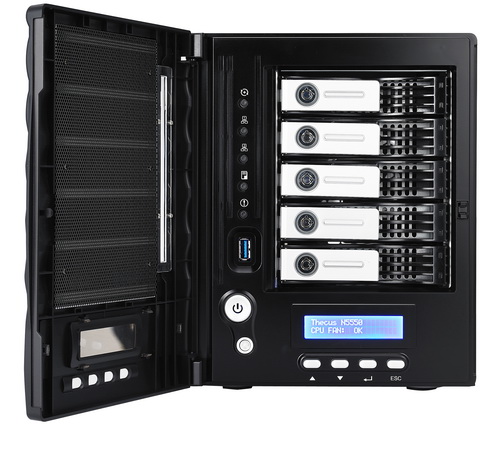
Thecus has been around for almost 10 years now but until the moment we got their N5550 in our hands we didn't think they could come close to QNAP, Synology and ASUSTOR both in terms of performance and operating system usability always based on what we had seen until then. The N5550 changed that not only because it managed to come real close to some of the leading NAS Servers in terms of read/write speeds (let's not forget that it's a model that already counts over 14 months in the market) but also because it offers 5 drive bays at the same price others offer 4. Unfortunately the operating system is still a bit rough around the edges especially since it's quite hard to install some of the modules/applications (like the localdisplay) and it's not as rich in graphics like the ones from QNAP, Synology and ASUSTOR but Thecus is aware of those issues so we might see some improvements in the near future.
We already mentioned the N5550 NAS Server offers 5 drive bays for the price of 4 and that's because it will currently set you back a total of USD447.33 inside the USA (Amazon.com) and 429.17Euros inside the EU (Amazon.de) a price tag which puts it right next to other the less powerful solutions like the TurboNAS TS-421 NAS Server by QNAP and the DiskStation DS414 by Synology (Marvell based solutions). Overall if we excuse the lack of more USB 3.0 ports and the SATA II connectivity (affects only single SSD configurations) the N5550 offers the best price/performance ratio for a 4/5 bay NAS Server in the market as we speak and that alone is enough for us to award it with our Golden Award.

PROS
- Good Build Quality (Leaving Out The Front Door)
- Very Good Read/Write Performance
- 5 Drive Bays
- 2GB DDR3 RAM (Expandable To 8GB By Patching The FW)
- 2 Gigabit Ethernet Ports (With Link Aggregation)
- 5 USB Ports (1xUSB 3.0 / 4xUSB 2.0)
- eSATA Ports
- HDMI/VGA Outputs
- RAID 0/1/5/6/10/JOBD/Hot Spare/Hot-Swap
- Price (For Some)
CONS
- Power Consumption
- SATA II
- Single USB 3.0 Port

 O-Sense
O-Sense





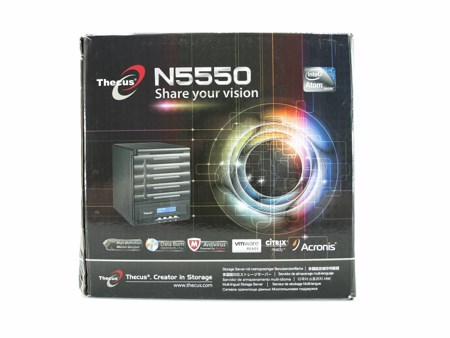

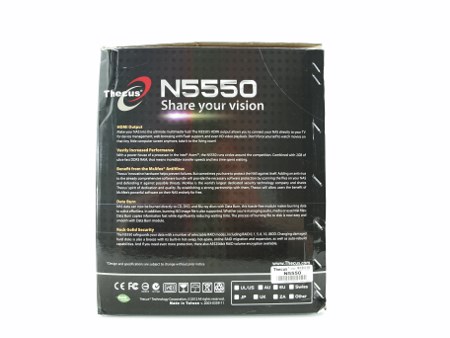
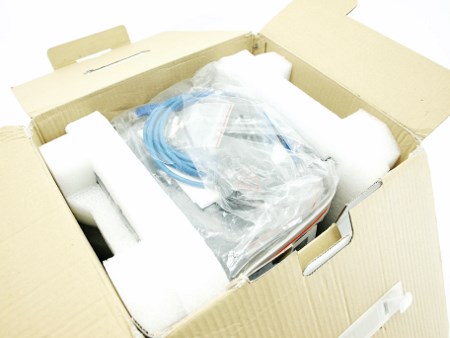

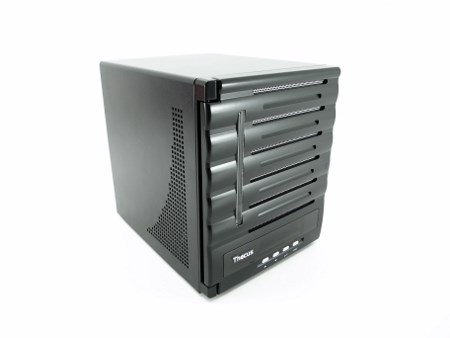
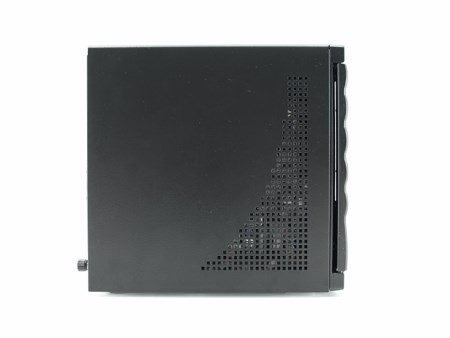
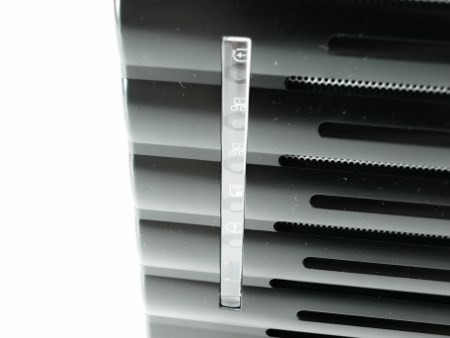
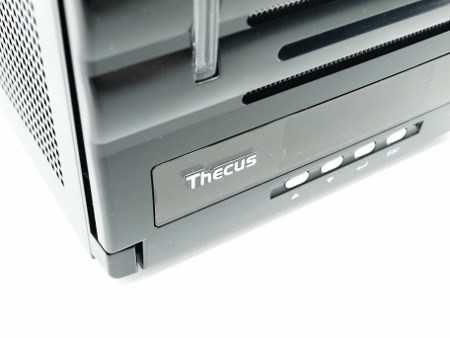
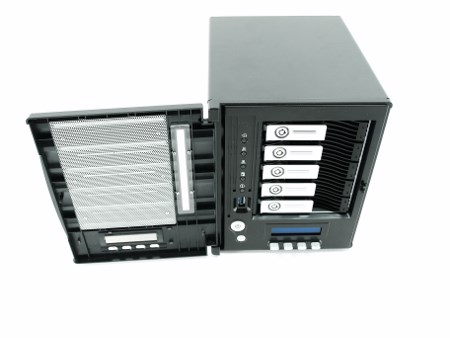
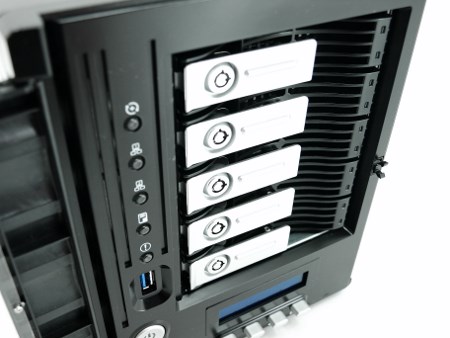
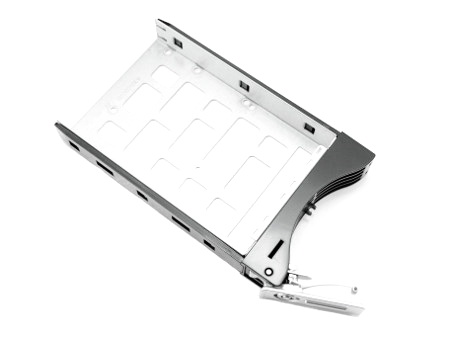


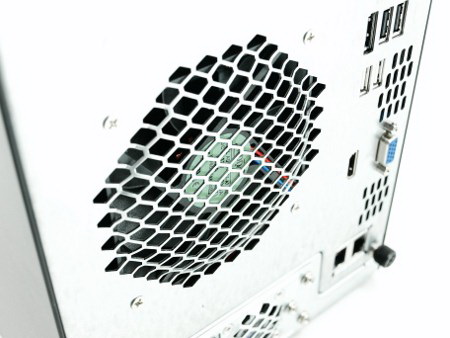
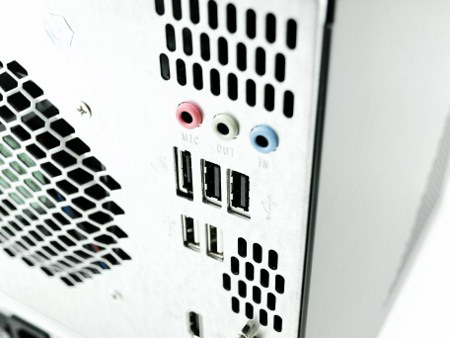
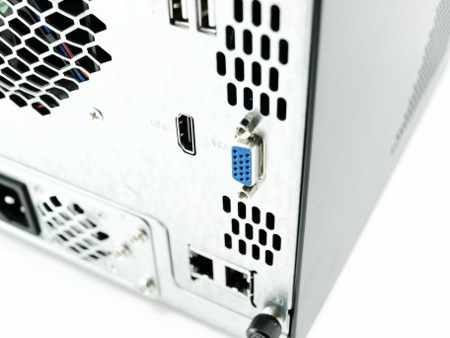
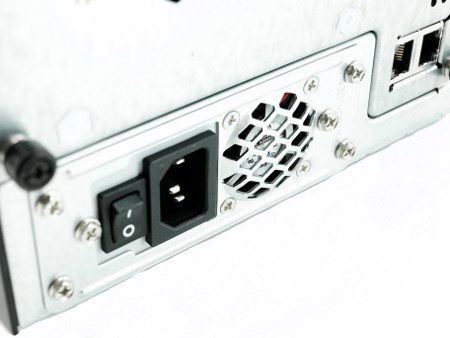
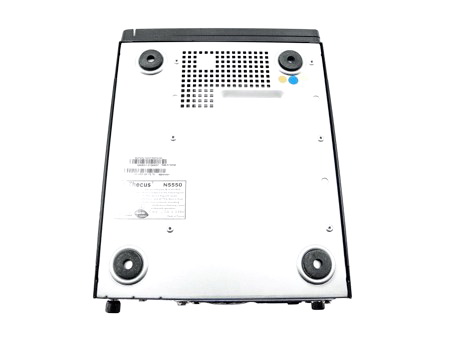

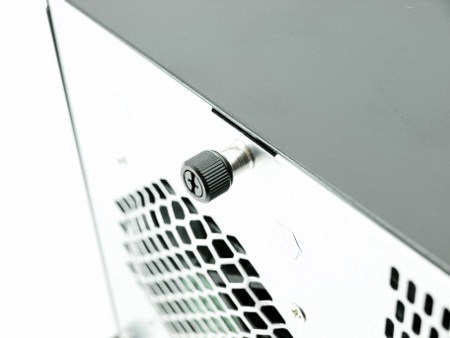

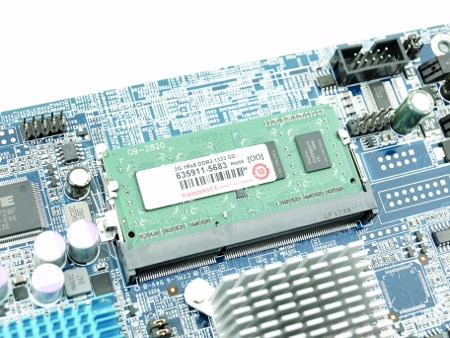

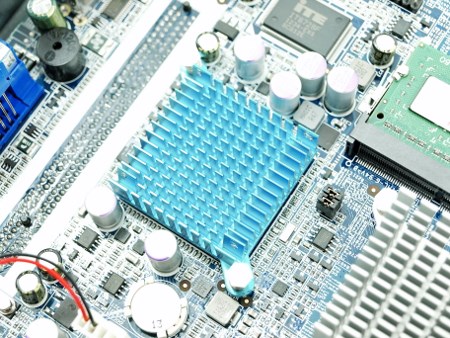
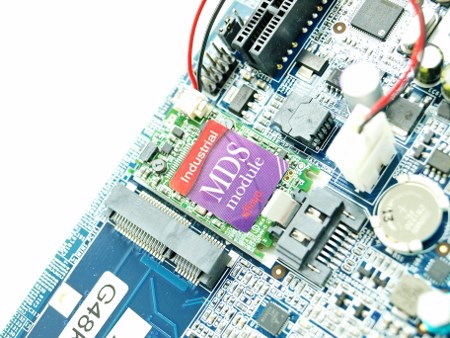
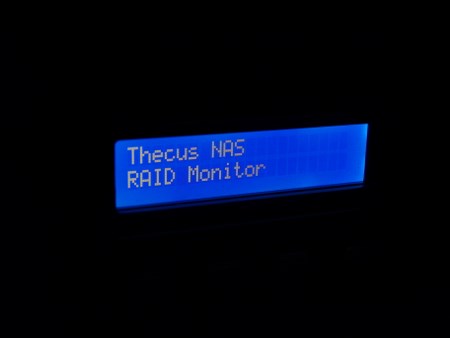
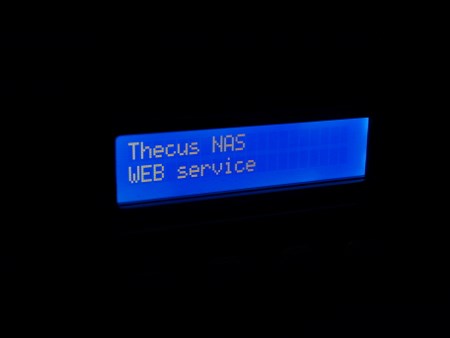
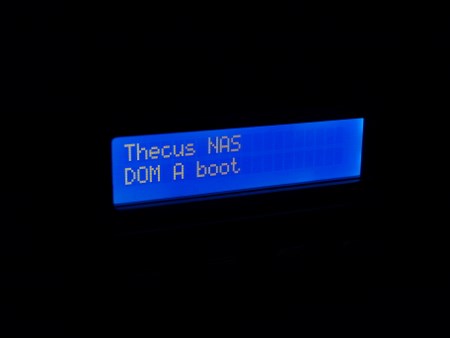
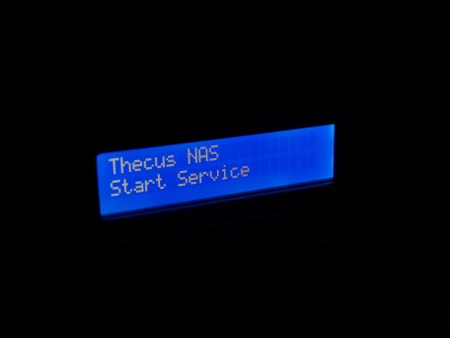
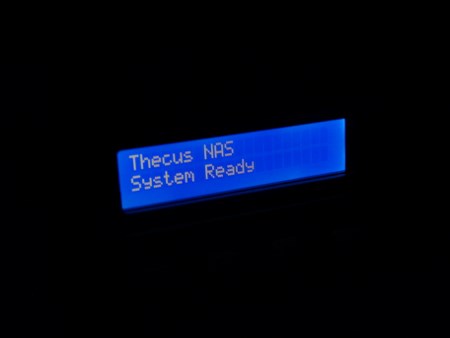
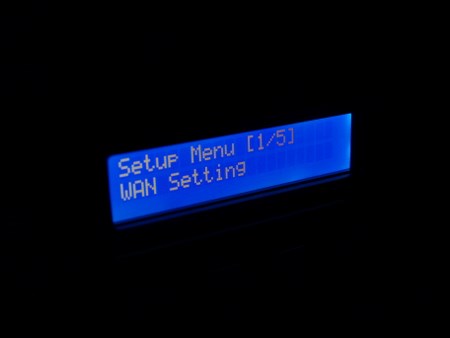


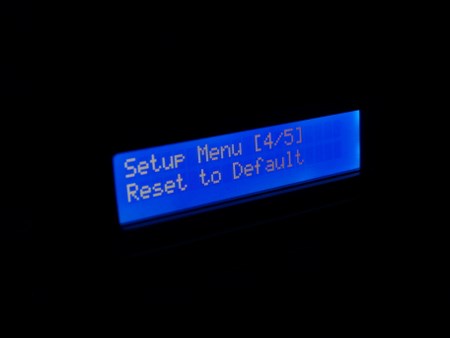
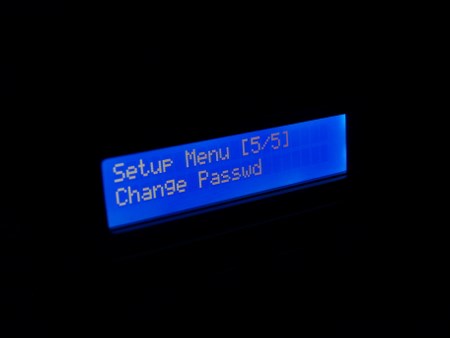

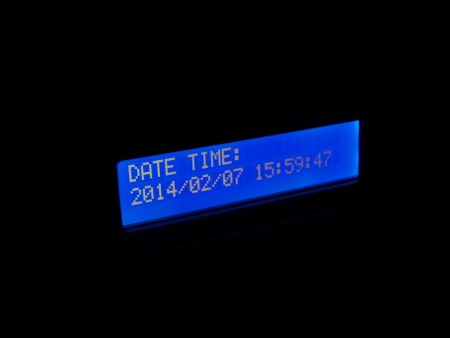
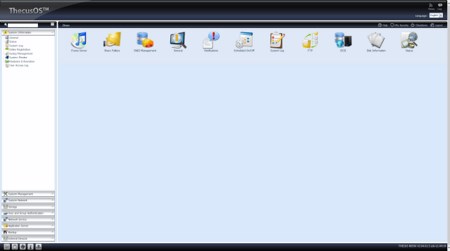
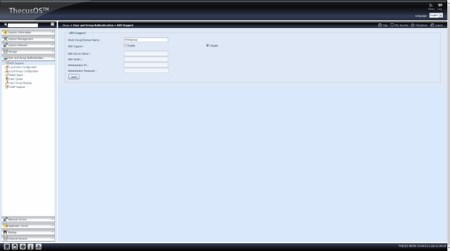
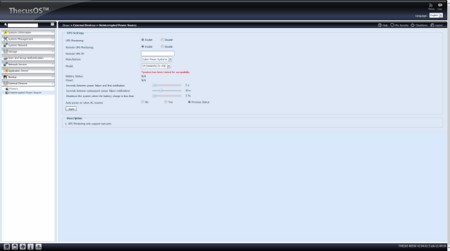
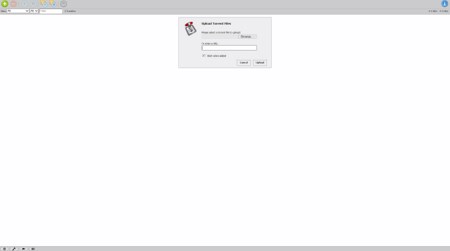
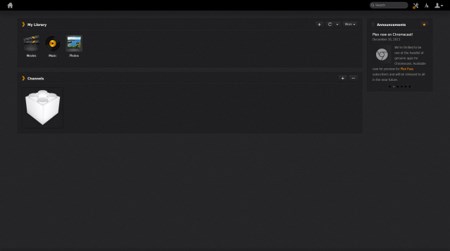
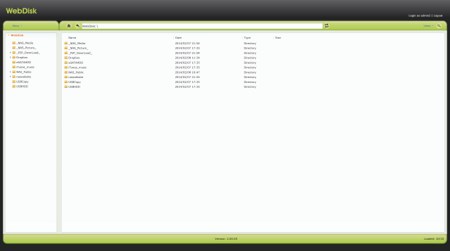
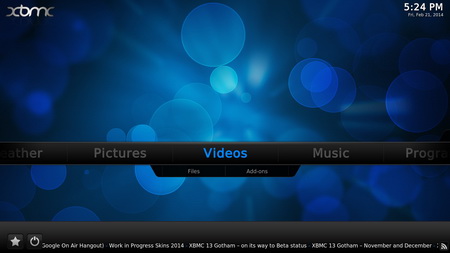
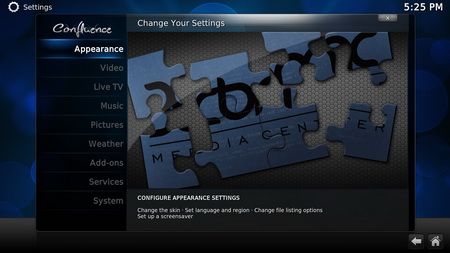


.png)

